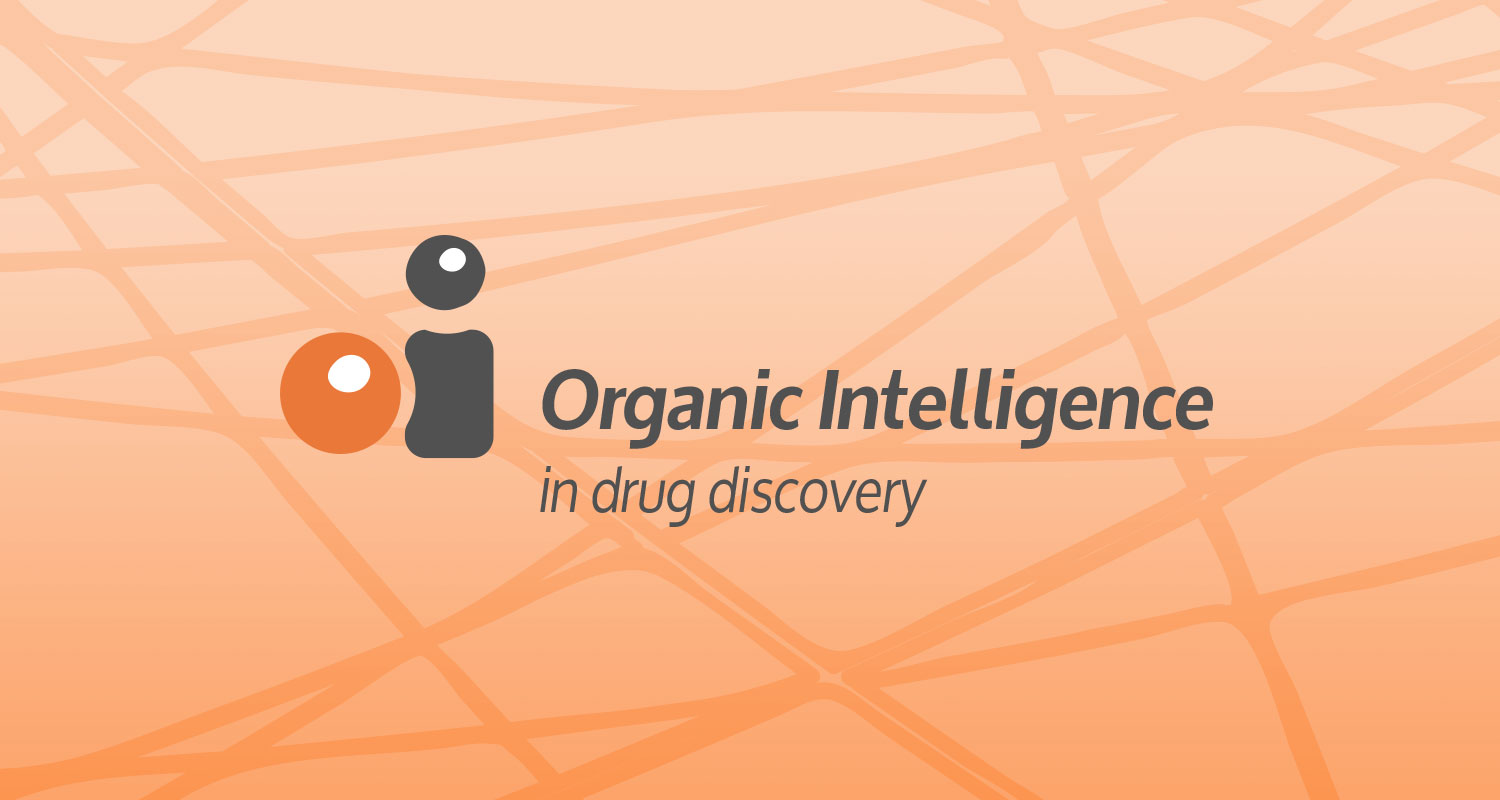What is the role of OI in drug discovery?
Organic Intelligence (OI) is the collective brainpower and high emotional quotient of scientists and rare disease advocates teaming up to use the PerlArk™ Platform of model organisms, lab automation and computation for a new evolutionary approach to drug discovery. We call this approach OI-driven drug discovery.
Especially for ultra-rare diseases communities, which comprise most of the long tail of 7,000 rare diseases but whose individual members number fewer than 50 diagnosed patients on planet earth, there is no big data. There is no magic bullet algorithm. There is nothing for the machines to learn.
To date, the deep knowledge required to discover and develop cures for rare diseases still had to be conjured from thin air – but the long arc of empiricism bends toward predictive analytics, and where OI-driven drug discovery comes in to play.
A case study in OI
Our experiences working on the ultra-rare disease NGLY1 Deficiency with our first PerlQuest™ partner, Grace Science Foundation (GSF), showcases OI in action, in particular the central role played by “simple” animal models like yeast, worms, and flies. NGLY1 Deficiency became known to the world when a description of the monogenic developmental disorder was first published in 2014. A PubMed search at the time revealed only a few peer-reviewed articles about NGLY1, almost all the work of one scientist, Dr. Tadashi Suzuki. Tadashi cloned NGLY1 in the 1990s and for that reason he was the world’s uncontested NGLY1 expert in 2014.
How do you scale when a disease’s knowledge base resides in one scientist’s head?
It always seems to come as a shock to classically trained computer scientists and engineers, but in drug discovery and biology more generally, the simple or obvious experiment usually doesn’t pan out. In the case of NGLY1 Deficiency, it was clear early on that creating straightforward human cell models was a dead end because NGLY1-deficient cells didn’t display phenotypes amenable to image capture. Also, all the functions of NGLY1 were unknown so it was impossible to know which specific cellular readout would be the most therapeutically relevant in a whole organism. In order to elucidate the pathophysiology of NGLY1 Deficiency in living animals, we generated a new fly model of NGLY1 Deficiency and performed a natural history study, or what we call Stage 1 of a PerlQuest. (This work will appear next month in the genetics journal G3).
Now here’s where OI made its presence felt in a big way. While we were conducting that natural history study of NGLY1 Deficiency in our fly model, Dr. Gary Ruvkun’s lab, another GSF grantee, was about to publish work on a worm model of NGLY1 Deficiency. They were actually studying proteasome biology but thanks to an unbiased genetic modifier screen – the real secret sauce of OI – they stumbled upon the worm version of NGLY1. The NGLY1 Deficiency worm model made a strong prediction: NGLY1 deficiency in flies should cause hypersensitivity to the proteasome inhibitor bortezomib just as it does in NGLY1-deficient worms, and NGLY1 patient-derived cells for that matter. And that’s exactly what happened: we observed the same biology, in this case bortezomib hypersensitivity, across three species; fly, worm and human. You can think of it as the genetic version of multi-factor authentication.

Genetic multi-factor authentication with NGLY1 fly and worm
OI-driven drug discovery
NGLY1 Deficiency is a case where the causal gene was incompletely understood or studied by just one lab before said gene was implicated in a rare disease. This situation is not unusual. In fact, there are cases where a particular rare disease is recalcitrant to breakthroughs even though the causal gene was cloned more than two decades ago. That’s the case for Niemann-Pick Type C (NPC). It’s been known since 1997 that mutations in NPC1 cause NPC disease, but 21 years on we still don’t how the NPC1 protein works and the experimental drug in clinical trials for NPC was discovered by accident!
I write this after the first day of the annual Ara Parseghian Medical Research Fund Conference for NPC, where scientists and NPC families break bread and listen to scientific talks together. It’s fitting that the keynote speaker spoke at length about the power of unbiased suppressor screens. At Perlara, we believe OI-driven drug discovery will yield genetic modifier relationships across diseases to find more potential cures for more individuals and diseases, and enable smarter, faster future PerlQuests™.

Learn more about Organic Intelligence


